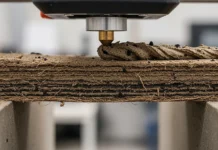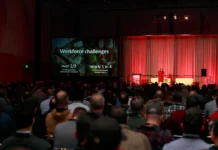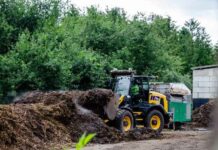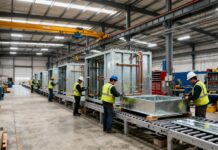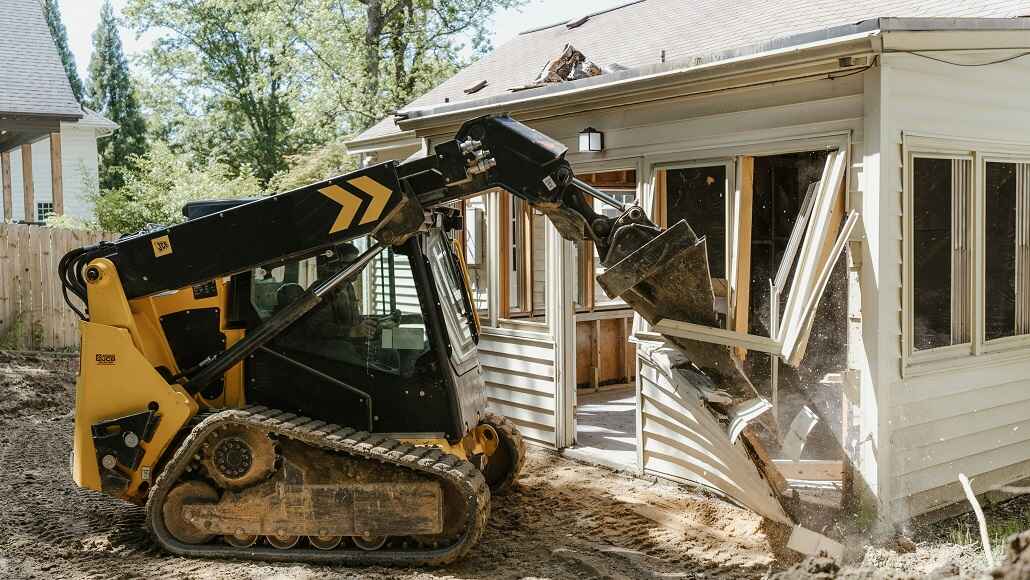Purchasing a skid steer is a big decision, whether you are a first-time buyer or an experienced contractor. These machines bridge great capacity, compactness, and versatility, often viewed as a valuable assistant in construction and landscaping. However, like any other equipment, not all skid steer models come with the same features. Among the vast market variety, understanding what aspects to prioritize will help you save time, money, and prevent frustration.
Here are 5 critical metrics to watch out for when considering to buy new skid steer, each backed by expert quotes, real-world examples, and up-to-date insights.
-
Rated Operating Capacity (ROC) and Machine Size
The first area you should carefully examine is Rated Operating Capacity (ROC). In plain words, it is the maximum weight a skid steer can lift while retaining stability. So, picking the right machine that meets your needs depends on your type of application.
- Small-frame (<1,750 lbs ROC): Works excellently for tight spaces or residential landscaping.
- Medium-frame (1,750–2,200 lbs): Ideal match for mixed-use projects.
- Large-frame (>2,200 lbs): Essential for construction and heavy material movement.
Statistic: Medium to large-frame models were reported to exceed 62% of sales in North America due to their cross-industry applicability, according to a Grand View Research report in 2024.
Example: In Charlotte, North Carolina, where land development and infrastructure projects are booming from 2024, large-frame skid steers, like the CAT 272D3, promise to provide the muscle needed for efficient operations.
-
Hydraulic Flow & Attachment Compatibility
When you buy a skid steer, you naturally want to get the flexibility of use. From augers and pallet forks to trenchers and cold planers, attachments can turn your machine into a multi-functional asset. The different attachments that a skid steer can power influence its versatility to a large extent.
The primary focus here is on hydraulic flow:
- Standard flow: Optimal for simple tools such as buckets or forks.
- High flow: Required for more powerful attachments like forestry mulchers and snow blowers.
Review: ‘You wouldn’t bring a knife to a gunfight, and the same logic applies to attachments,’ explains Jason Redding, Equipment Specialist at GreenTech Rentals in Billings, Montana. ‘Always verify that the machine can support the hydraulic demands of what you are operating.’
January 2023 saw the addition of Bobcat Company’s new T86 and S86 models, which boast Super Flow technology that pumps out an unmatched 42 gallons per minute on a Bobcat skid steer.
-
Engine Power, Emissions & Fuel Type
Engine power, measured in horsepower (HP), influences everything from lifting to driving speed. The majority of skid steers range from 50 to 100 HP. While more power is useful all around, it also means greater fuel consumption. If you are running in urban or environmentally sensitive locations, emission compliance is crucial. Electric and Tier 4 Final diesel engines are increasingly mainstream. Bobcat became the talk of the town in April 2023 due to launched the S7X, the world’s first fully electric skid steer. Employing lithium-ion batteries, it covers the functionality equivalent to diesel-powered models, but with no emissions and 70% fewer moving parts.
In a press release, Bobcat’s Product Manager, Brian Shirah, stated, ‘The S7X isn’t just an electric machine – it is a shift in how we think about performance and sustainability.’ Especially in spots like San Francisco with the strict CARB regulations, using an electric skid steer would keep your projects compliant and green.
-
Operator Comfort & Controls
We can now witness a huge advancement in design. Many brands take care of features like touchscreen displays, joystick controls, air-conditioned cabs, and heated seats, targeting to enhance the operator’s experience. If your crew spends 8-10 hours in the machine, these comforts are productivity boosters rather than luxuries.
During an interview with Equipment World in February 2024, Mike Hernandez, a project foreman based in Austin, Texas, shared:
“After switching to a model with suspension seats and improved cab isolation, our fatigue-related errors dropped by 15%.”
Remember to pay attention to ergonomics layouts and intuitive control, especially if different individuals of varying skill levels will harness the machine.
-
Support from the Dealer: Warranty and Resale Value
Last, yet equally critical point is to find a robust skid steer dealer. Look for someone who does not just sell a machine but offers a complete partnership with proven maintenance, parts, training, and support.
Figure out information about:
- Response times for service calls
- Availability of replacement parts
- Warranty coverage (typically two years or 2,000 hours)
- Trade-in programs
Case Study: In one of the customer success stories from CASE Construction Equipment, a contractor in Columbus, Ohio, reported 22% lower machine downtime after switching to a local CASE dealer who provided same-day service and predictive maintenance.
The golden rule is not to penny-pinch on support. A low-priced piece without any backup will end up costing you so much more in the long run.
Cutting the Chase
As the timeless saying goes, ‘Buy cheap, buy twice.’ A new skid steer is a long-term investment that directly affects your operating efficiency, safety, and profit margin. Taking close attention to five parameters, such as capacity, compatibility, engine, comfort, and dealer support, will ensure a well-informed choice that undisputedly pays off over time.
Summary Checklist
| Parameter | Why It Matters | What to Look For |
| ROC & Size | Handles specific job types | Small/medium/large frame
|
| Hydraulic Flow | Powers attachments effectively | High-flow for demanding tools |
| Engine & Emmisions | Affects power, compliance, and cost | 70-100 HP; electric or Tier 4 Final |
| Cab Comfort | Boosts operator performance | HVAC, joystick control, and ergonomic layout |
| Dealer Support | Keeps the machine running and profitable | Warranty, parts access, and service response |
Final Thoughts
With the global construction equipment market anticipated to surpass $112 billion by the end of 2025, the need for high-performing skid steers is only going to rise further. These machines are no longer optional. They are vital tools for operators in farming, construction, and landscaping to get their job done responsibly, top-quality, and sustainably. Be it managing a rough terrain on a remote farm in Alberta or tackling tight deadlines on a city project in Chicago, reviewing these five critical factors will ensure a smart, strategic purchase to uplift productivity and profit.




